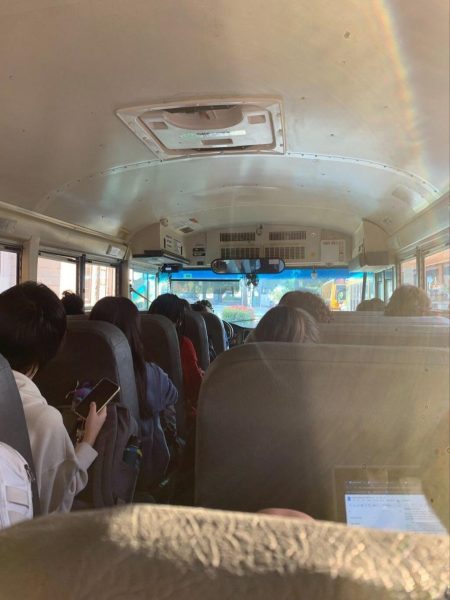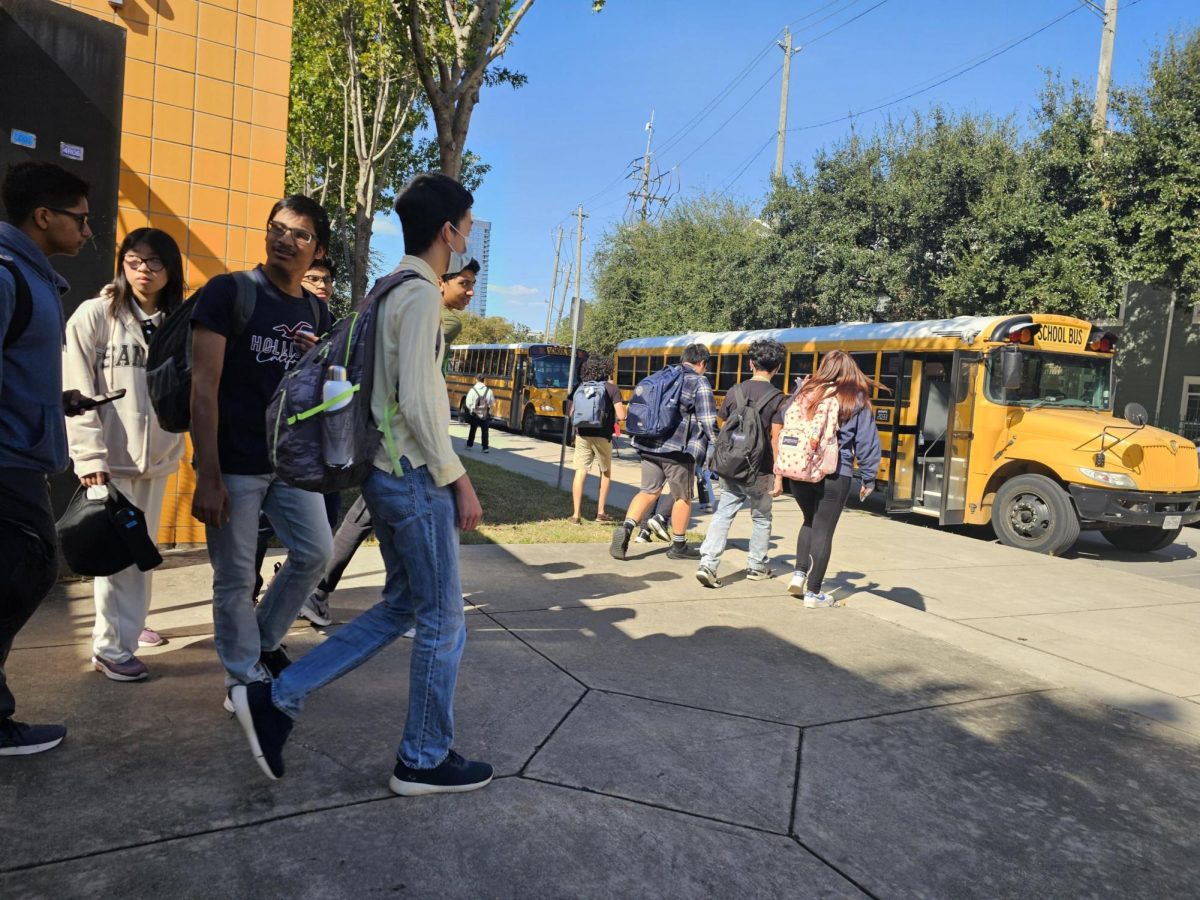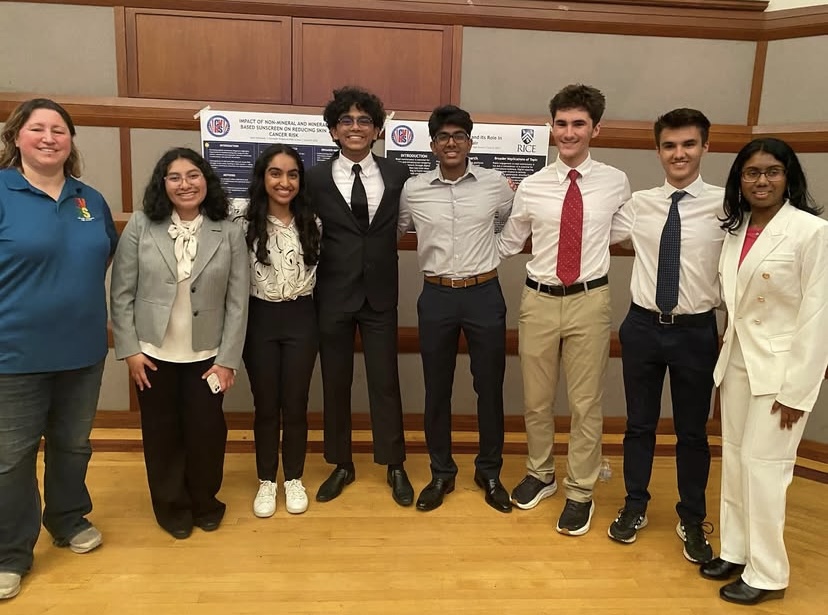To improve budget sustainability, HISD cut 85 bus routes between June and July, greatly impacting students in the School Choice program.
The change marked a 17% decrease in the number of bus routes from the prior year, when HISD ran 508 bus routes. Students enrolled in the School Choice program are allowed to attend a school other than the one to which they are regionally zoned. However, students with this arrangement may now have to travel much farther to get to their bus stops and commute to school than they would if attending their zoned school.
“We went from thirteen buses last year to seven buses this year … The bus cut has definitely impacted many schools, ours included,” said CVHS transportation coordinator Lamia Moumni.
In the past, HISD has spent over $50 million annually to transport students to around 9,000 schools across the Greater Houston area. But the additional logistics with school choice students, HISD argued, was “not sustainable.”
CVHS’s lack of an attendance boundary means that current students come from all across HISD. Because of this, students’ ability to access buses in a comfortable and timely manner becomes a frequent struggle.
“Specifically, it’s very frustrating because you [have] to share a seat with a lot of people … You [share] a two person seat with three people. And also we [have] to … run to the bus to get a seat, because the buses start getting people on at [4:00pm], and already at 4:02 p.m. it’s … jam-packed,” said CVHS sophomore Mia Lopez, who takes the bus to and from school daily.

This overcrowding on buses comes as a surprise given that in the Greater Houston area, “over 9 out of 10” Houstonians own one or more vehicles. But just as those without a vehicle have to rely on public transportation, HISD students have to rely on district buses to arrive at school on time.
When asked about the HISD bus cuts, CVHS junior Deniz Kahram said, “[HISD] increased the mileage radius on the zone. My stop used to be two miles away, but now it’s three miles, so it’s picking up more students.”
Indeed, new district policy stipulates that “Students may now have to walk up to three miles to their bus stop. HISD estimated that the change will reduce the average student ride time by about 30 minutes.” However, due to this increased radius, it may take students longer to travel to their stop, increasing the total time it will take students to make the full commute to and from school.
As students adjust to these changes, opinions remain divided on whether this decision reaches a balance between efficiency for the district and convenience for students. “It depends on how you look at it. You must understand … they wanted to work within their budget … but whether the new changes are reasonable, there will always be people who complain, even students who don’t go to their zoned school and know they will have to travel farther for their school of choice,” said Moumni.
Despite explanations from HISD that the cuts in bus routes are necessary given the parameters of their budget, many students and families remain dissatisfied. Students have voiced concerns about the potential impacts of this decision on accessibility, leaving many to wonder whether discussions surrounding this topic will continue to grow or eventually subside, and whether students will continue to trek up to 3 miles to their bus stop.









